
Bree is a licensed therapist, content creator, and passionate disability advocate living with multiple chronic illnesses. While her conditions are often invisible to the eye, her strength, honesty, and self-awareness radiate through everything she does. In this blog, Bree shares what it means to celebrate disability as part of her identity, how she’s unlearning internalized ableism, and the ways she advocates for accessibility in everyday life.
Continue reading to learn more about Bree’s story.
Celebrating My Chronic Illness as Part of My Identity
I celebrate my chronic illnesses as part of my identity by honoring the strength, resilience, and self-awareness they’ve helped me cultivate. I share my journey openly to reduce stigma, empower others with similar diagnoses, and remind people that they are more than their limitations.
That’s why I use my voice advocacy, content creation, and my work as a therapist to uplift the full humanity of those living with chronic illness. There’s struggle, yes, but also joy, softness, growth, and beauty. I celebrate my identity by living freely and unashamed of my disability and chronic illnesses. I choose rest without guilt, practice radical self-compassion, and create routines that center my health needs without shame. That in itself is a celebration: choosing to care for myself as I am, not in spite of my diagnosis, but because I deserve it.
What People Often Misunderstand About Invisible Illness
One of the biggest misunderstandings about living with an invisible illness is the assumption that if you look okay, you must be okay. People often don’t realize the energy it takes just to show up, smile, and function while managing constant pain, fatigue, or symptoms that aren’t visible to the naked eye.
Living with invisible illnesses means I often face disparities rooted in disbelief. Because I don’t present with a visible handicap, people often assume I’m not disabled until they see the scars on my chest or hear the ticking of my mechanical heart valve. It’s a constant reminder that disability isn’t always something you can see, and that assumption can create real barriers in care, access, and validation.
I’ve been questioned, dismissed, or even praised for ‘being so strong’ in ways that overlook the real, daily challenges I face. Invisible illness requires constant self-advocacy in a world that expects proof of pain. That kind of emotional labor is exhausting. But just because you can’t see what someone is going through doesn’t mean it isn’t real and that truth deserves more compassion, understanding, and respect.
Unlearning Internalized Ableism
Internalized ableism showed up in my life not through shame, but through the pressure I placed on myself to keep up. My mom taught me early on never to use my condition as a crutch, and that lesson instilled in me the strength and confidence I walk in today. It’s why I show up so authentically and proudly in my identity as someone living with multiple chronic illnesses.
But even with that foundation, I still found myself overexerting, trying to prove I was ‘normal,’ capable, and strong enough to move at the same pace as my peers. While I never felt like a burden, I often worried about how my health impacted the people around me. I wondered if my hospitalizations or canceled plans placed a weight on friends or family.
Unlearning those patterns has taken intention, faith, and community. My relationship with God reminds me that I am deeply loved and divinely created just as I am. And the more I surround myself with people who see and affirm me fully, the more I learn to release the need to prove anything.
Unlearning internalized ableism isn’t just about me: it’s about changing the narrative for all of us living with chronic illness. When I give myself permission to rest, to ask, to speak up, I help make room for others to do the same.
How My Definition of Disability Has Evolved
My understanding of the word ‘disability’ has deepened over time. Growing up, I didn’t always relate to how disability was portrayed or discussed because my chronic illnesses are largely invisible. For that reason, I wasn’t always sure where I fit in.
But the reality is that disability shows up in many forms and just because it isn’t immediately visible doesn’t mean it isn’t real. For me, disability includes hospitalizations, medical trauma, fatigue, pain, the emotional toll of managing a body that moves differently through the world, and the constant work of advocating for my needs in systems that often overlook or dismiss invisible conditions.
Now, I embrace disability as part of my identity. It’s not something to shrink from, but something that has shaped my strength, perspective, and purpose. It connects me to a larger community: one rooted in resilience, advocacy, and truth-telling.
Advocating for Accessibility Every Day
I advocate for accessibility in my everyday life by first honoring my own needs without apology. I’ve learned that one of the most powerful ways to challenge ableism is to live fully in my truth asking for accommodations, taking rest when I need it, and setting boundaries around my energy and time. That’s advocacy, too.
I use my voice through storytelling, content creation, and my work as a therapist to make the invisible visible. Whether I’m speaking up in a healthcare setting, educating others about chronic illness, or simply modeling self-compassion in public spaces, I’m creating space for more understanding and inclusion.
Accessibility isn’t just about ramps or policies it’s also about shifting culture. That means normalizing rest, making space for people with fluctuating capacities, and holding space for nuance. I advocate by being honest about what I need, and by affirming others when they do the same.
Follow Bree on Instagram to learn more about her journey.
Interested in reading more stories from our community? Check out:

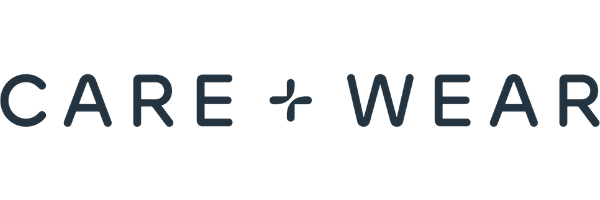

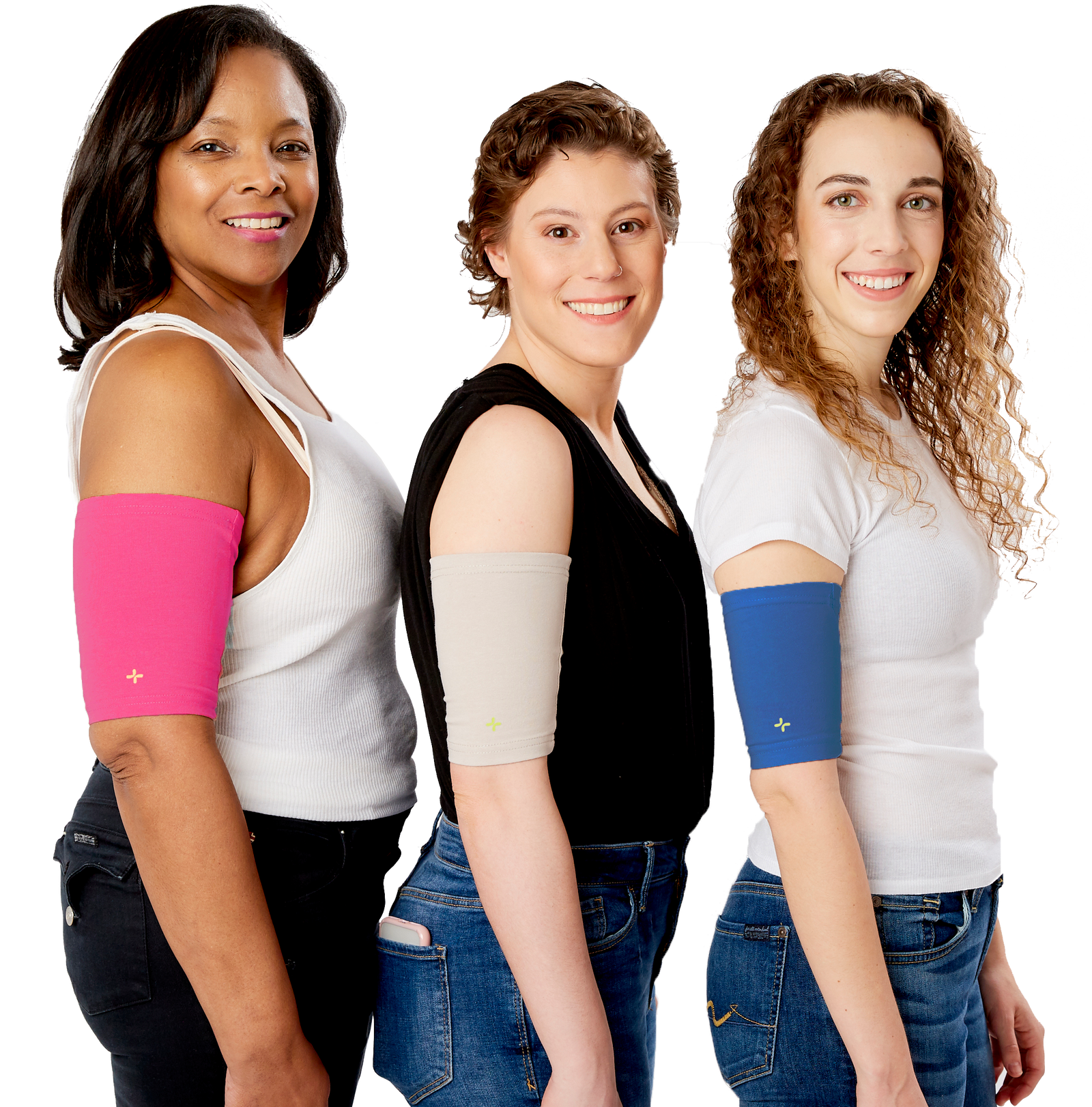



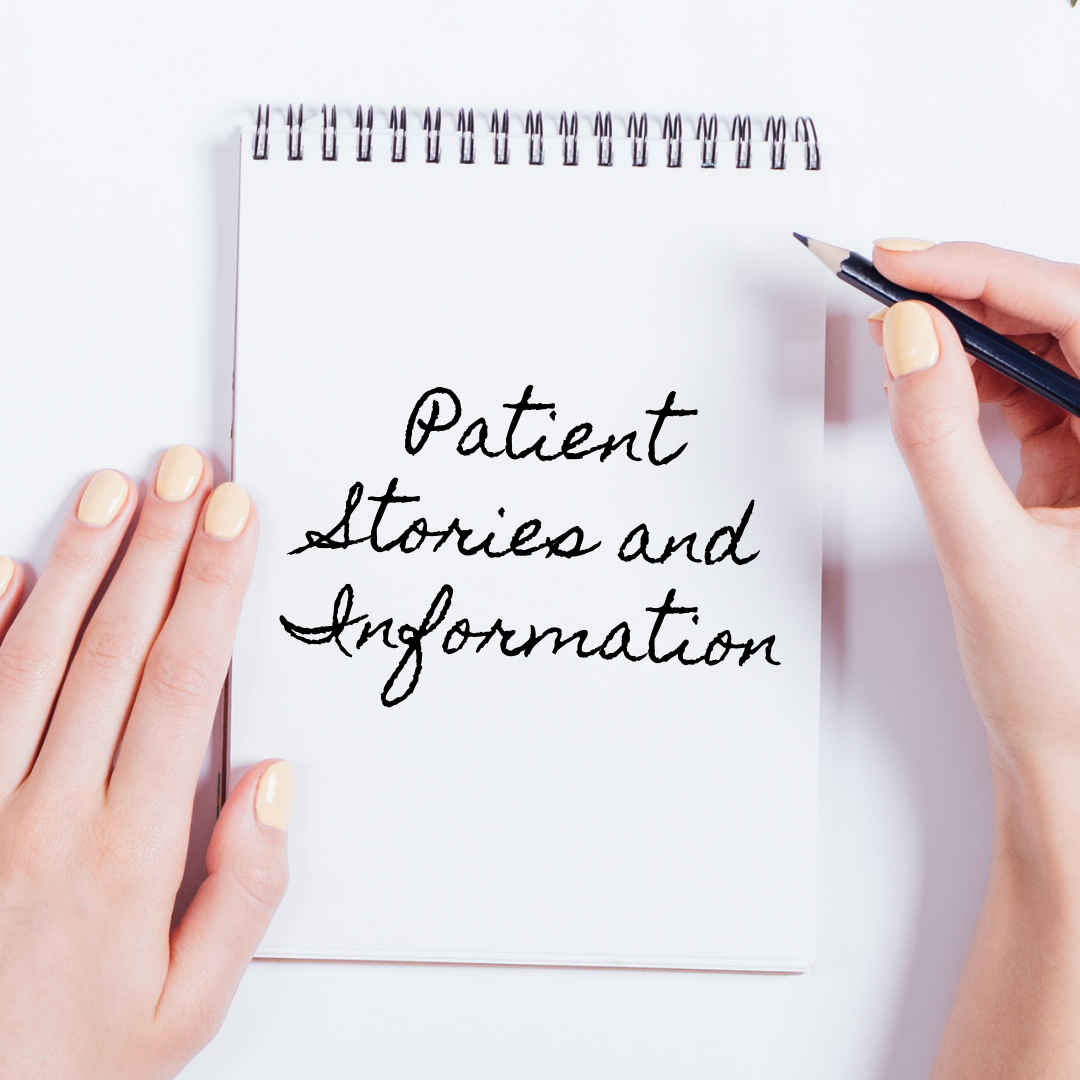
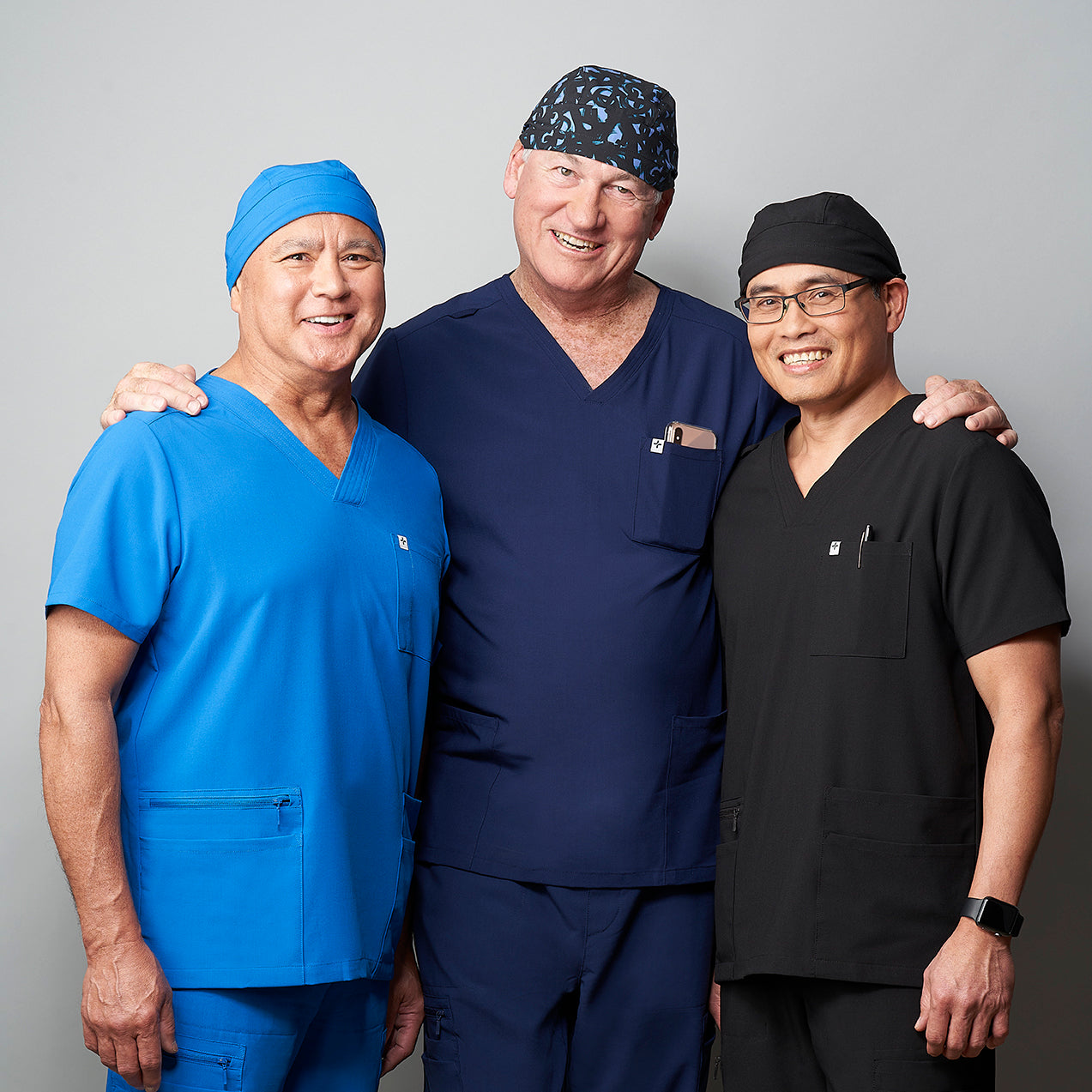
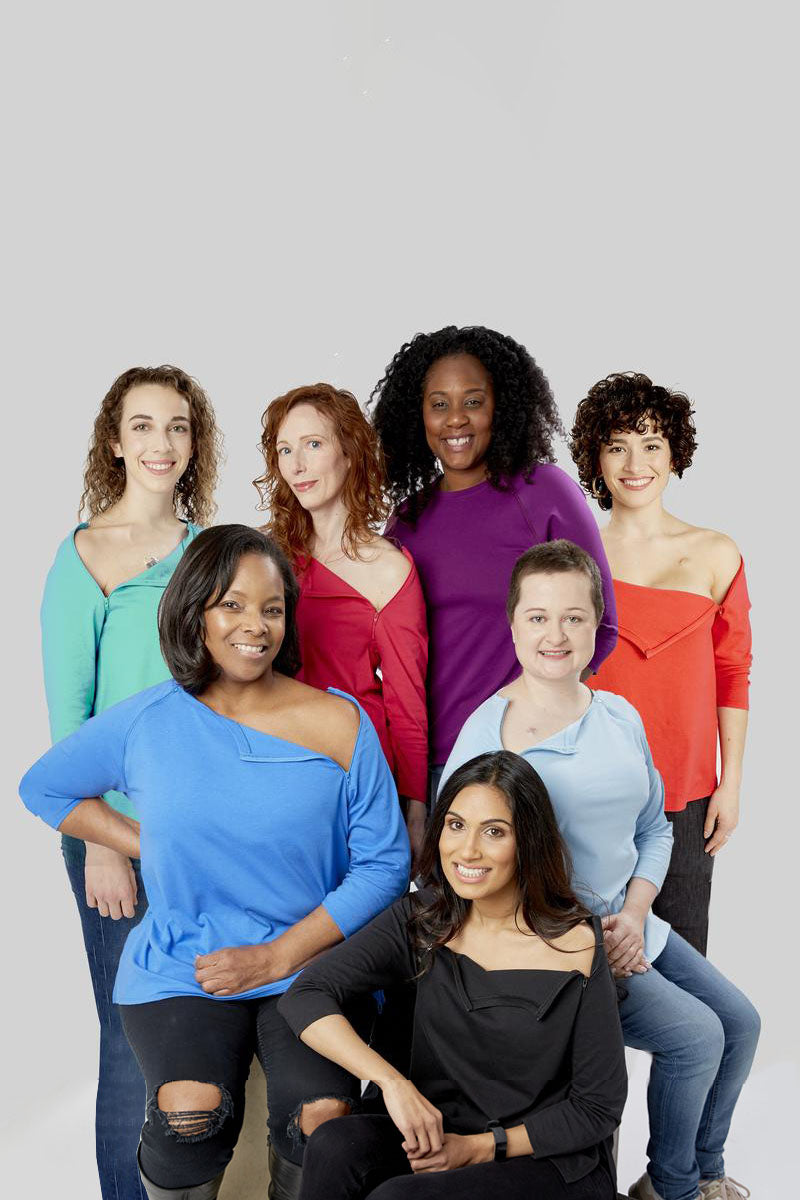
Leave a comment (all fields required)